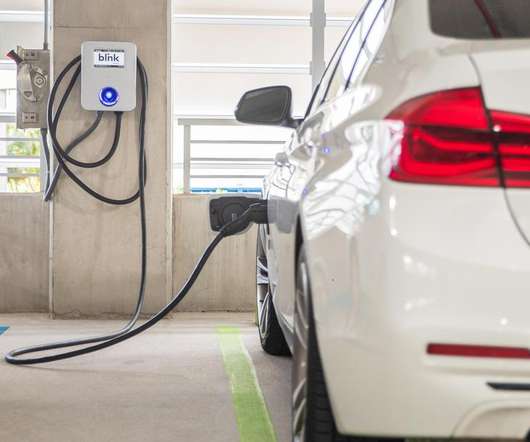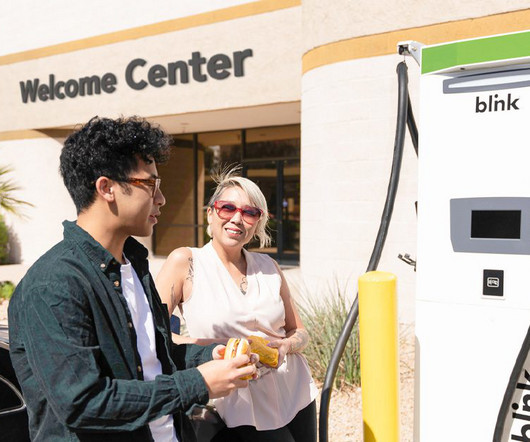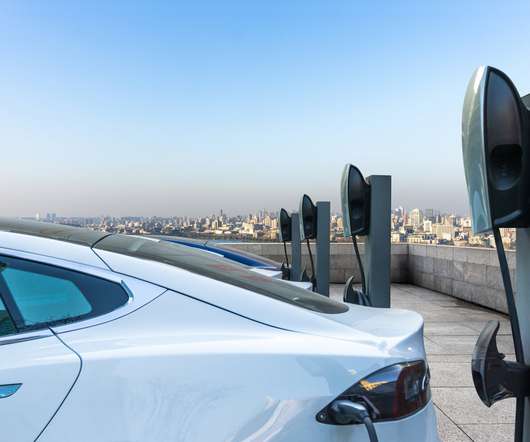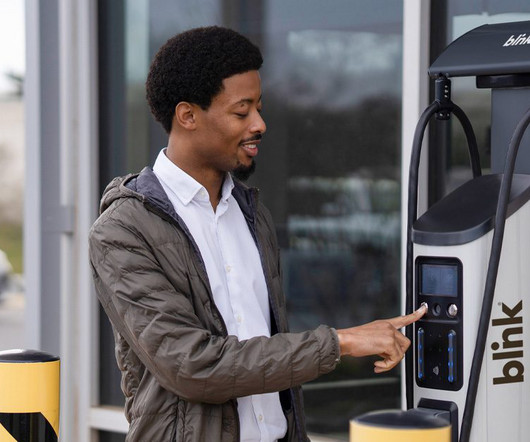The US Needs 20 Times More EV Charging Stations by 2030… Or Else
Blink Charging
FEBRUARY 9, 2023
The federal government and automakers have set new goals for electric vehicle sales, and now it’s up to the business world and EV charging companies like Blink to provide the right number of EV chargers by 2030. Helping the world transition to a greener future is obviously the best incentive for installing an EV charging station.












Let's personalize your content